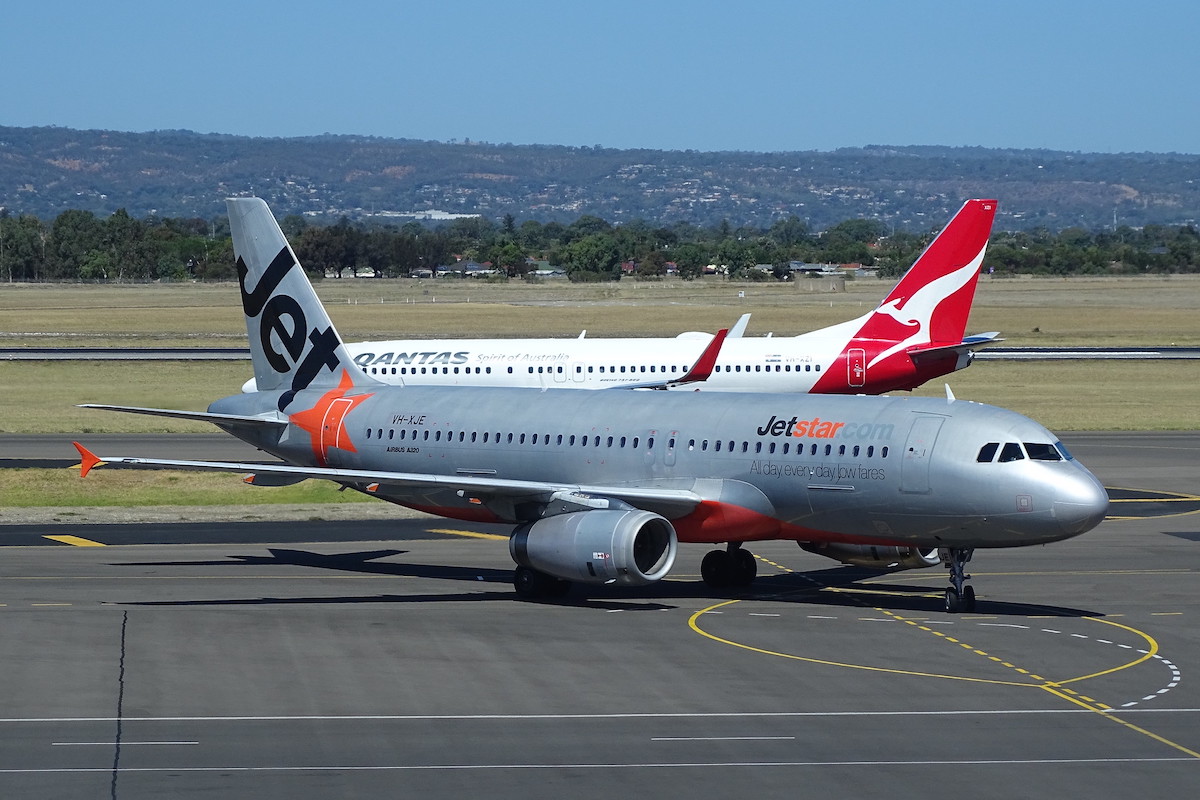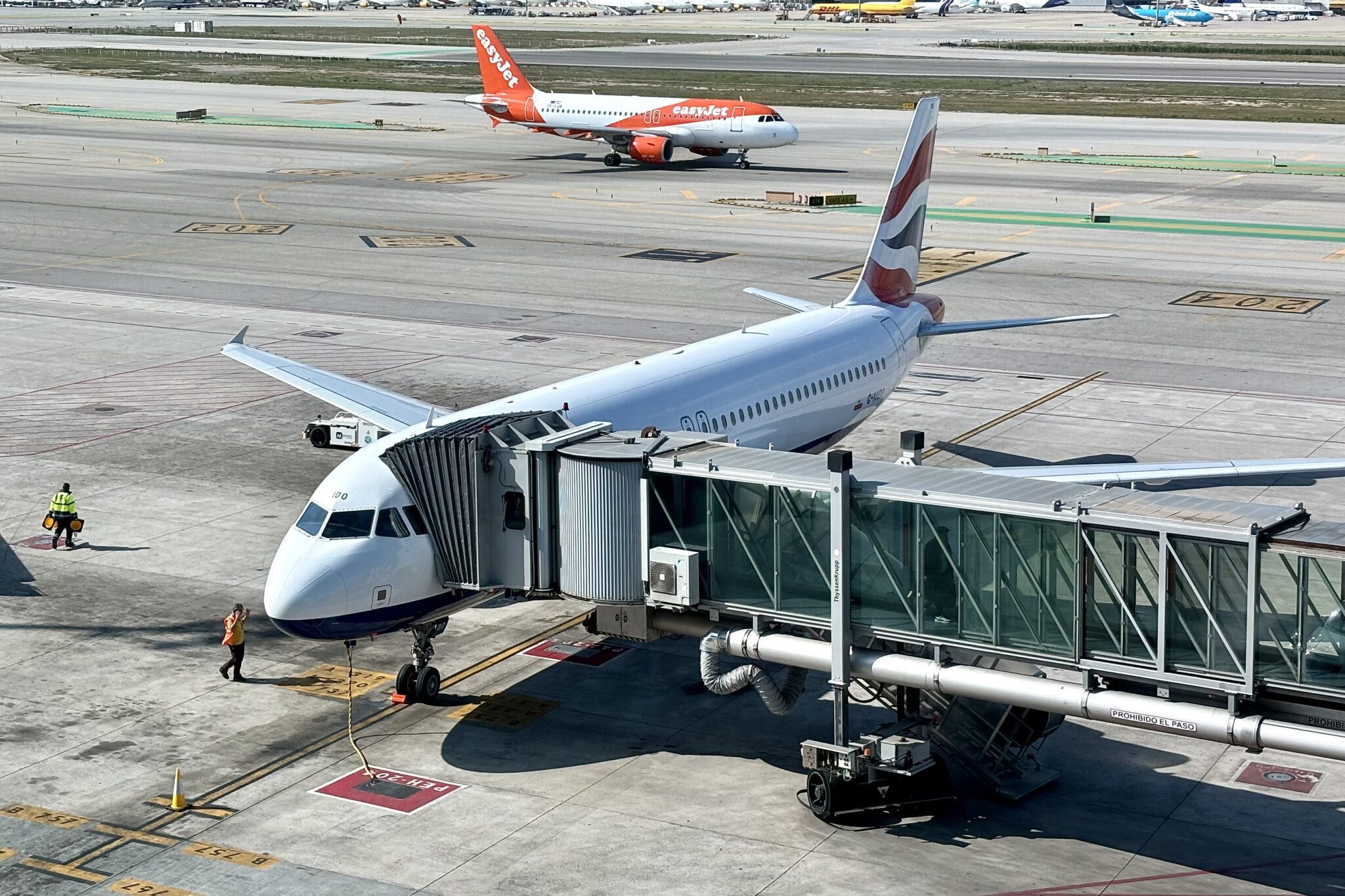The Qantas Group pulled off a dramatic financial turnaround during the six months ending in December. It turned a more than billion dollar loss into a billion dollar-plus profit with for more forecast as extra pandemic-recovery costs ease in the coming months.
During the first half its of 2023 fiscal year that ended in December, the group posted an A$1.5 billion ($1 billion) operating profit and a strong 16 percent operating margin. That was a dramatic reversal from Qantas’ A$1.1 billion operating loss a year earlier, and a two-thirds jump from its A$900 million operating profit during the same period in 2019. Driving the impressive financial results was robust travel demand coupled with less capacity, particularly in international markets, than before Covid.
Qantas Group CEO Alan Joyce described the results as an “amazingly rapid turnaround,” and said the company had “never been stronger.”
But behind his bravado, the numbers show a potentially different story. The dramatic run-up in yields that supported record A$9.9 billion revenues during the six months ending in December may be over. Joyce and Qantas Group Chief Financial Officer Vanessa Hudson both described the yield outlook as moderating in their remarks, suggesting that airfares have stopped their meteoric post-pandemic rise. That prompted at least one financial analyst to ask the executives whether the 2023 first-half results were “as good as it gets” for the group.
“Is this as good as it gets?” Joyce responded. “We know the yield environment is high, we know the cost environment at the moment is high, and we know those costs will come out in [fiscal year 2024] and beyond,” as yields moderate as well.
The net result, as Joyce sees it, is that margins will remain strong, and improve in some cases, as yields remain above 2019 levels even if they stop rising because added pandemic-recovery costs will come out of the business. The added expenses include everything from an increased number of spare aircraft and higher staffing levels at airports to ensure operational reliability, as well as declining fuel prices from their 2022 peak.
The group targets operating margins of 18 percent and 15 percent for Qantas domestic and Jetstar domestic, respectively, during its 2024 fiscal year that ends in June 2024. Qantas and Jetstar’s international segments are forecast to deliver roughly 8 percent and 10 percent margins, respectively. During the six months ending in December, Qantas domestic achieved a 22 percent operating margin, Qantas international a 12 percent margin, and all of Jetstar an 8 percent margin.
Group yields, measured by revenue per available seat mile, were up 44 percent compared to 2019 during the six months ending in December. Unit costs, excluding fuel, were up nearly 13 percent over the same period.
Qantas’ financial outlook is backed by a bullish travel demand forecast. A recent survey of its frequent flyers found that many plan to spend more on travel in the next six months, even as they pull back on other items like home renovations and housewares.
“People are prioritizing travel over other expenditures,” Joyce said, adding that Qantas sees no impact from global macroeconomic concerns.
And Qantas is, as yet, unconcerned about new competition at home. Joyce noted that low-cost startup Bonza, which began flights in January, has kept “away from Jetstar” with its initial routes. The group also competes with Rex Airlines and Virgin Australia on many domestic routes.
Jetstar CEO Stephanie Tully said that the airline benefits from a “jewel brand effect” among travelers due to its ties with Qantas.
Looking forward, the Qantas Group anticipates flying 101 percent of 2019 capacity levels in the Australian domestic market during the six months ending in June, and just under levels flown four years ago in the 2023 fiscal year. International capacity will be 76 percent of 2019 during the six months ending in June, and 68 percent of four years ago for the full fiscal year.
International industry capacity to and from Australia is not expected to recover until the 2025 timeframe, Qantas executives said. This will support elevated yields for the next few years, they said. Industry capacity to and from the country is down roughly 23 percent in the first half of calendar 2023 compared to the same period four years earlier, Diio by Cirium schedules show.
Qantas expects deliveries of three Boeing 787-9s in the coming months, planes that Joyce said are two years late. Aircraft deliveries ramp up in the 2024 fiscal year, which begins in July, with 14 aircraft due, including Qantas’ first five Airbus A220-300s. The airline expects its first Airbus A321XLR during the year ending in June 2025, and the first Airbus A350-1000s that it will use to launch nonstops to London and New York from Sydney during the year ending in June 2026.





